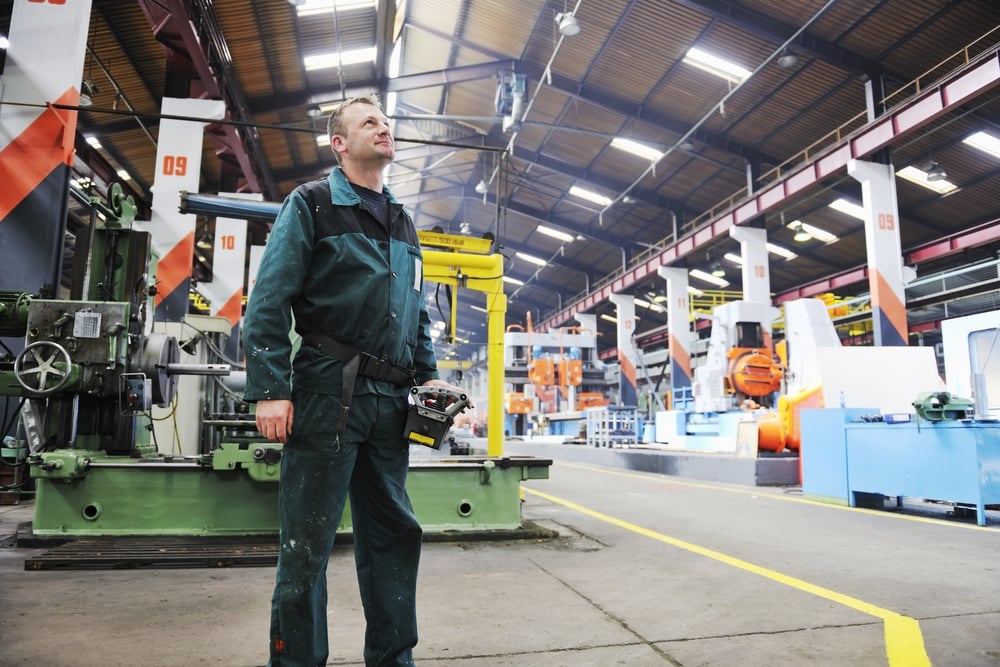Walking into the Factory of the Future: The Power of Digital Twins

Did you know that the concept of digital twins has been around since the early 2000s? Though the term was originally coined by Grieves (2002), it wasn't until recently that businesses in the manufacturing sector have started to tap into the potential of this groundbreaking innovation. Let's delve into the world of digital twins and explore how they can help companies in the manufacturing sector fine-tune processes, optimize resources, and accelerate growth.
The best way to predict the future is to invent it.
- Alan Kay
Digital twins enable companies to predict and improve upon future scenarios by simulating and analyzing different product and business strategies in a digital environment.
So, what exactly are digital twins, and why should manufacturing companies jump on the bandwagon? A digital twin is a digital replica of a physical asset or system, which can be used to simulate, optimize, and analyze real-time data to drive smarter decision-making. In the context of the manufacturing sector, digital twins can be employed to create virtual models of equipment, production lines, and even factories in order to pinpoint inefficiencies and improve overall productivity.
One of the most prominent advantages of employing digital twins is the ability to run simulations and test different scenarios in a risk-free environment. This not only enables companies to identify bottlenecks and inefficiencies, but also allows them to experiment with potential solutions and predict their outcome before making any real-world investments.
Another advantage is the dramatic impact digital twins can have on reducing waste and conserving resources. By constantly monitoring and optimizing production processes, digital twins empower companies to minimize material waste and reduce downtimes, effectively lowering production costs.
Finally, digital twins contribute to a more environmentally friendly business model. Through predictive maintenance, companies can monitor the health of their equipment and machinery remotely, thereby reducing the frequency of repair visits and curbing overall carbon footprint.
As we usher in a new era of digital transformation, embracing innovations like digital twins can undoubtedly give manufacturing sector businesses the competitive edge they need to thrive in a rapidly evolving landscape.


